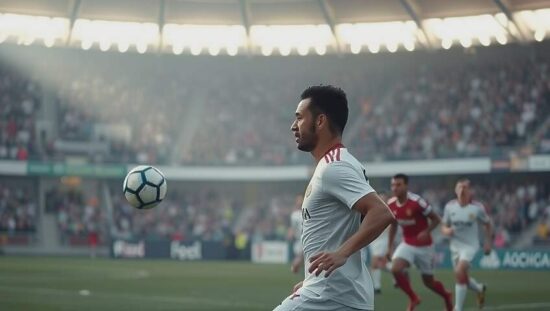The dominant 4-0 victory against Luxembourg in a World Cup qualifying match signals a moment of respite for the German national team, but also underscores lingering questions about the squad’s consistency and tactical evolution under new manager Julian Nagelsmann. While the result itself – secured by goals from David Raum, a double from Joshua Kimmich and Serge Gnabry – provides a welcome boost after recent underwhelming performances, the ease with which Germany controlled the match against a significantly lower-ranked opponent highlights a potential lack of true challenge and adaptation within the side.
The early advantage, established by Raum’s impressive free kick and compounded by Dirk Carlson’s costly handball and subsequent red card for Luxembourg, significantly shaped the game’s narrative. This early red card effectively neutered Luxembourg’s already limited offensive capabilities, preventing a genuine test of Germany’s defensive structure. While Kimmich’s subsequent penalty solidified the two-goal cushion, critics might argue that the absence of a resilient, evenly matched opponent obscured a need for deeper tactical assessment.
Nagelsmann’s appointment was heralded as a move toward a more dynamic and attacking style of football, but last night’s performance felt largely procedural, reinforcing familiar patterns. While Gnabry’s goal shortly after halftime offered a brief spark of dynamism, the remainder of the match saw Germany allow Luxembourg to passively defend, failing to capitalize on opportunities to truly stretch their opponents.
This win, while crucial for maintaining momentum in Group A qualification, does little to address concerns regarding Germany’s ability to perform against higher caliber opposition. The lack of a truly demanding fixture risks fostering a complacency that could prove detrimental when facing stronger European nations. The easy victory, achieved under relatively comfortable circumstances, raises questions about whether Nagelsmann’s team is truly equipped to overcome the hurdles that lie ahead and whether a greater degree of tactical innovation is required to elevate the team’s overall performance.





